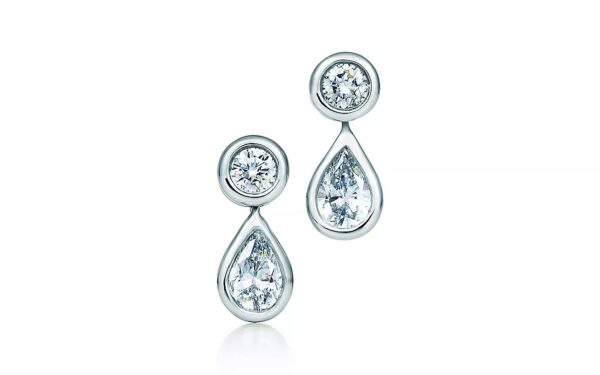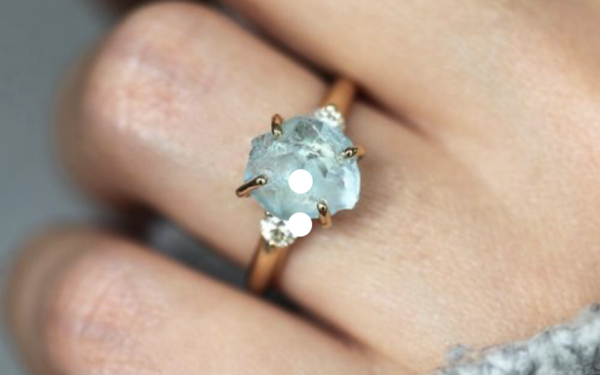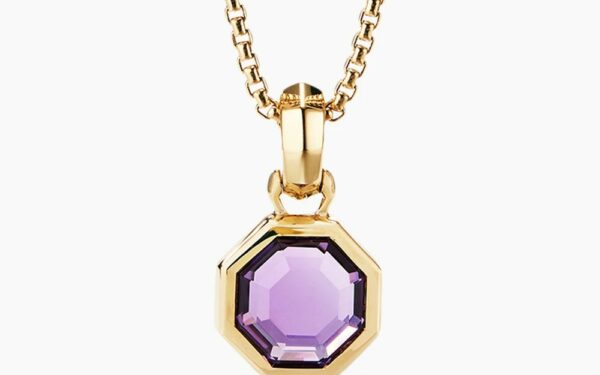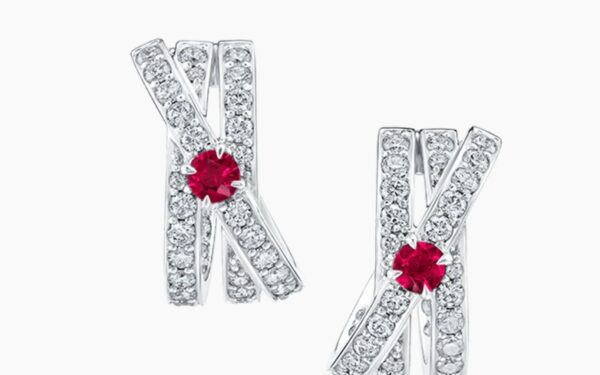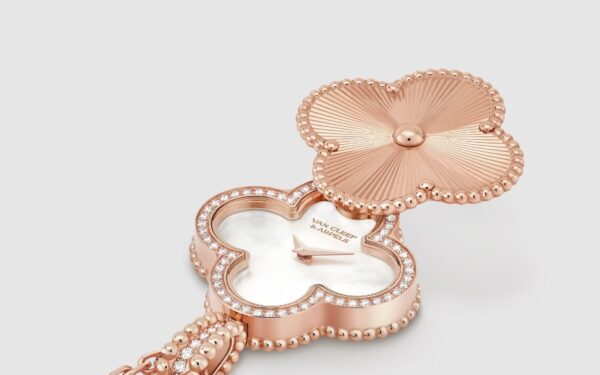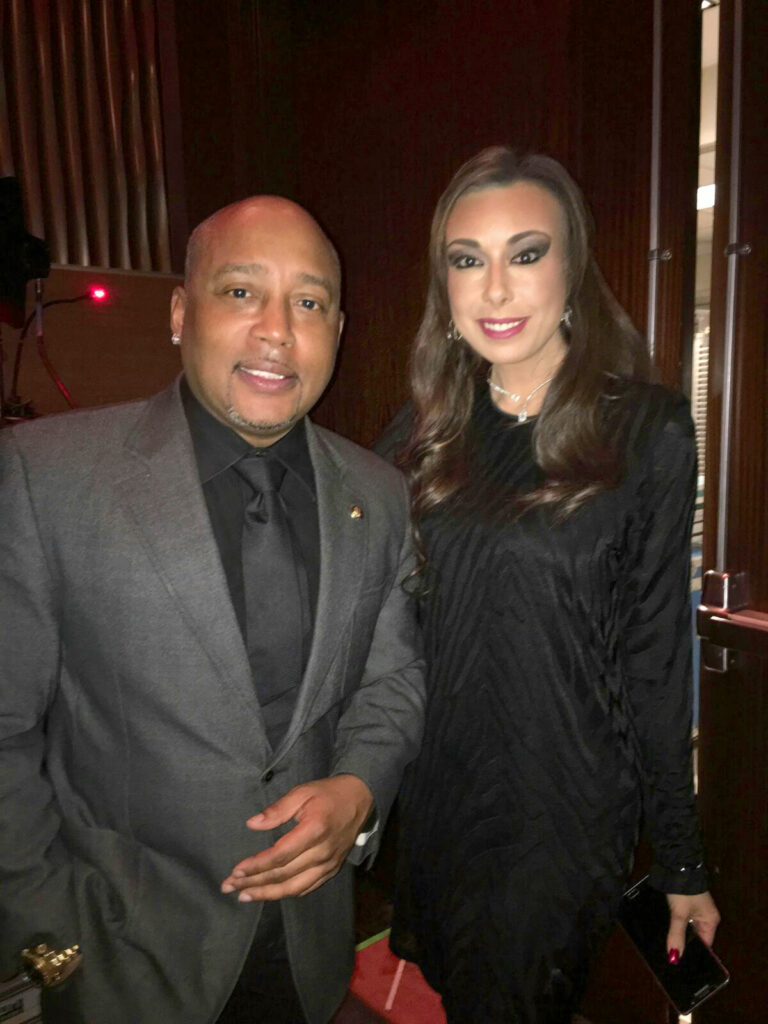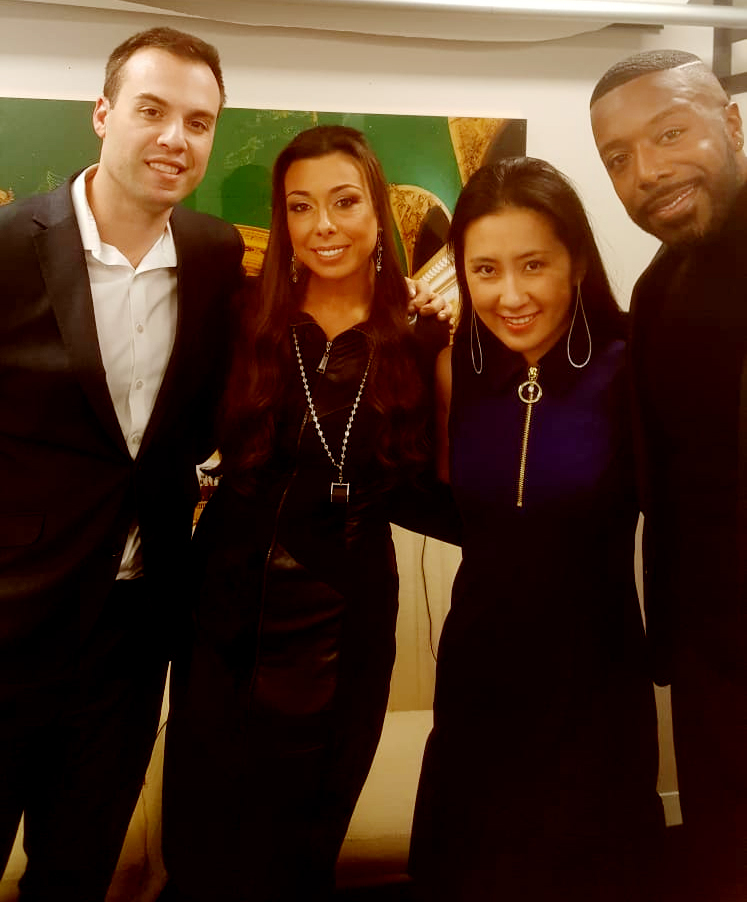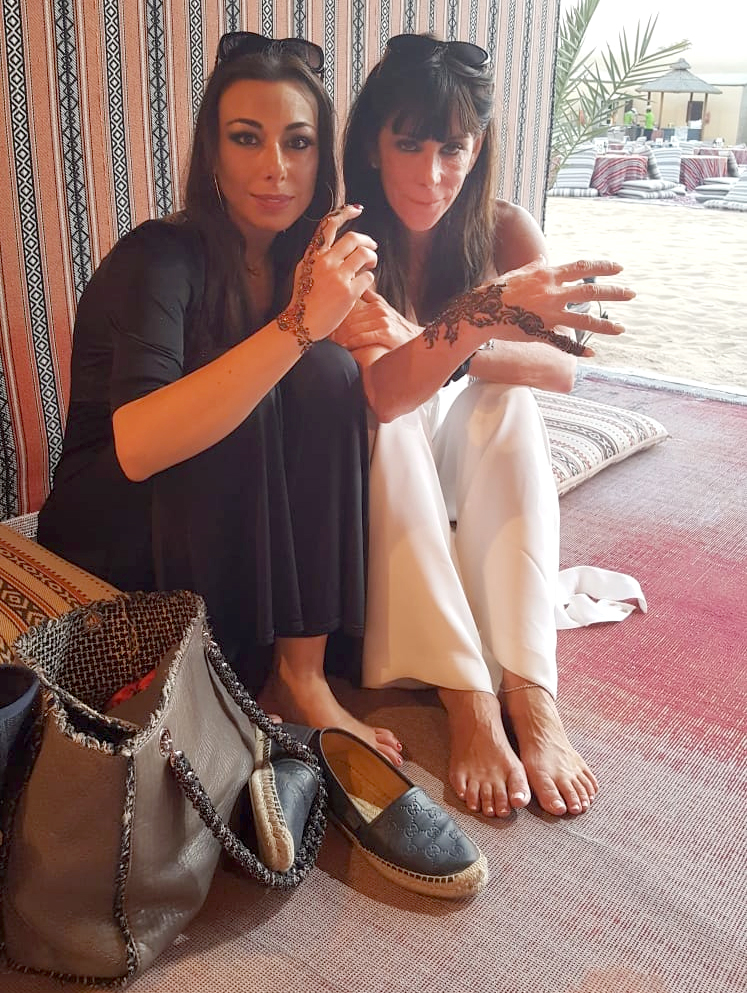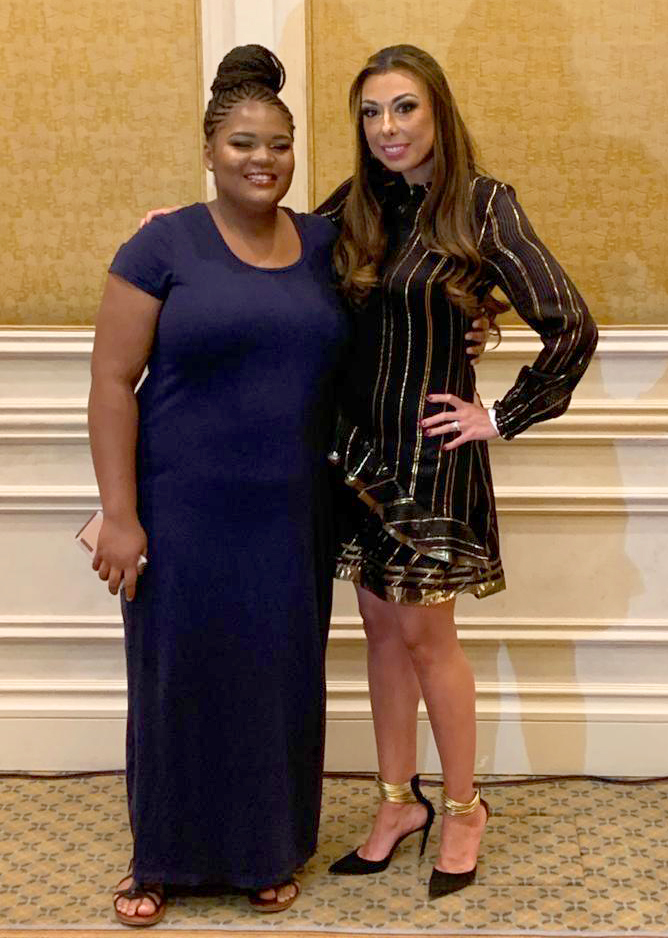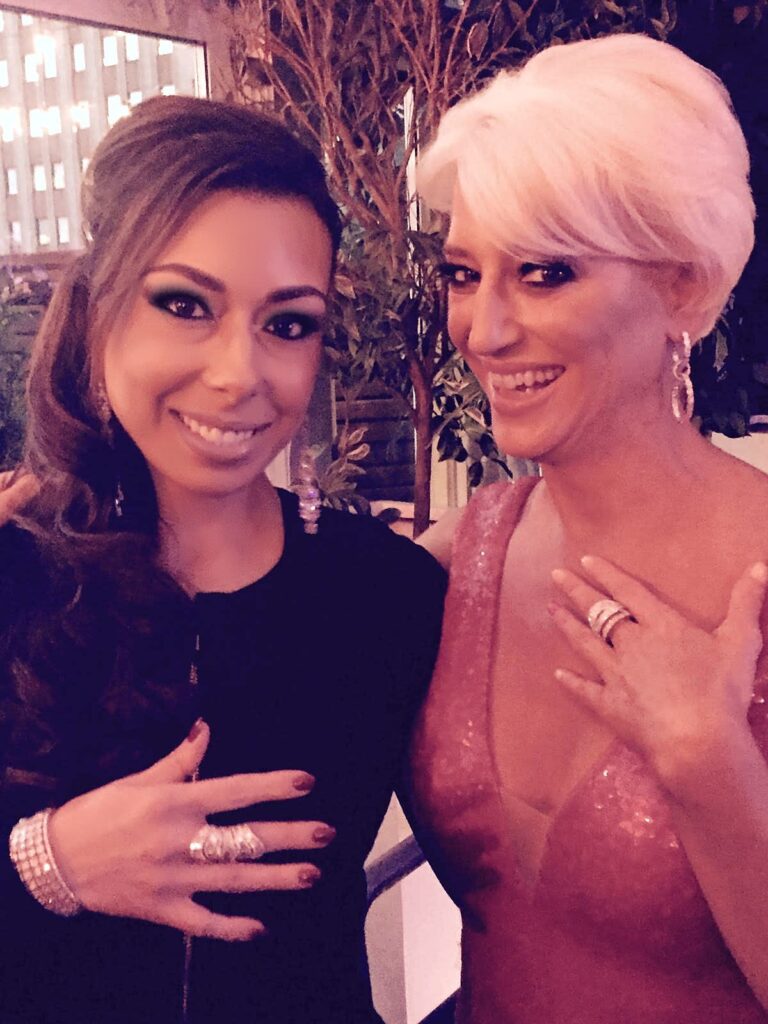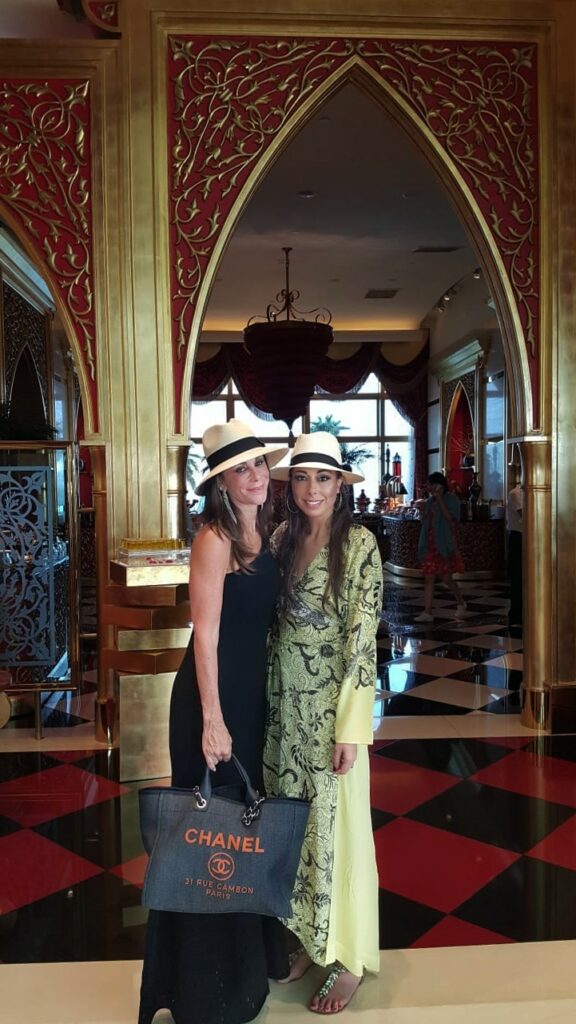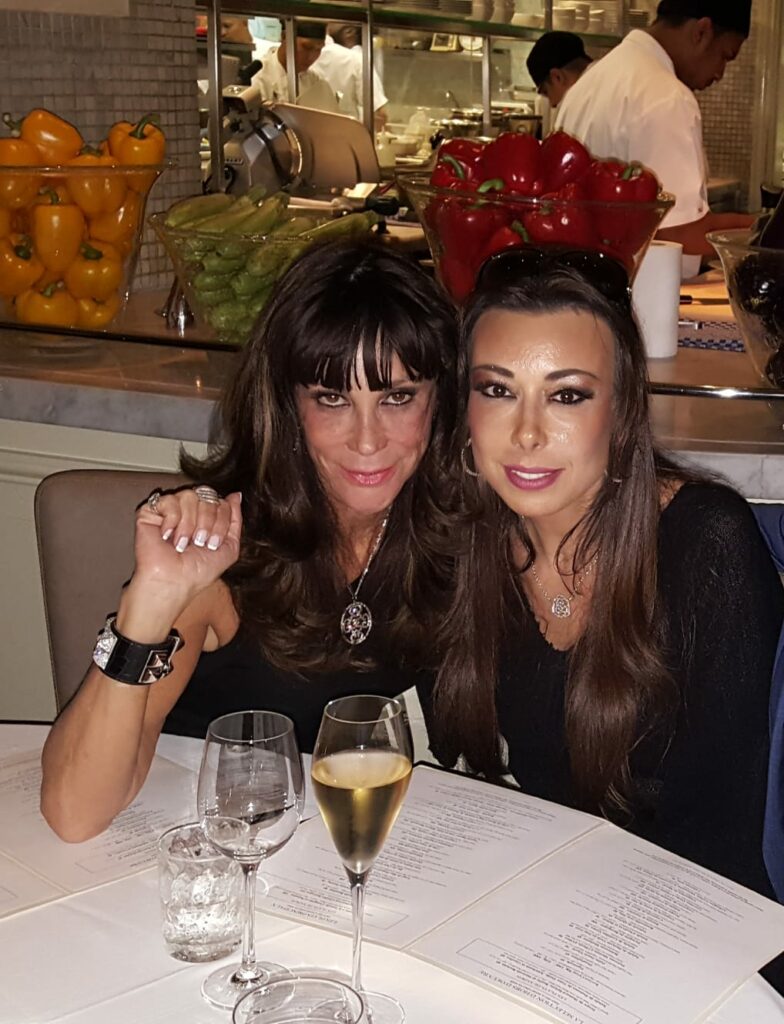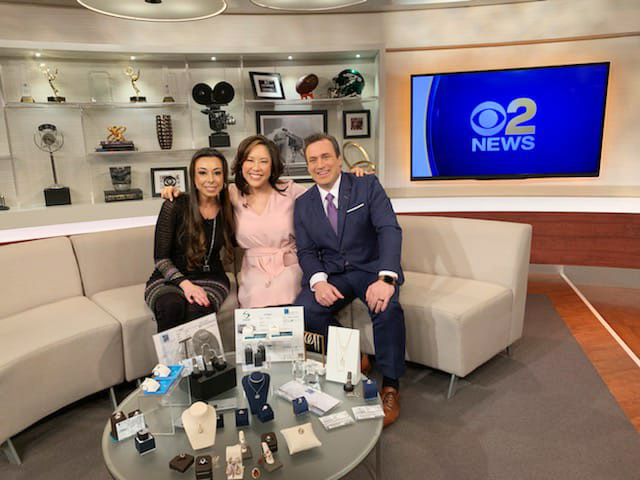Famous Diamonds: The Hope Diamond
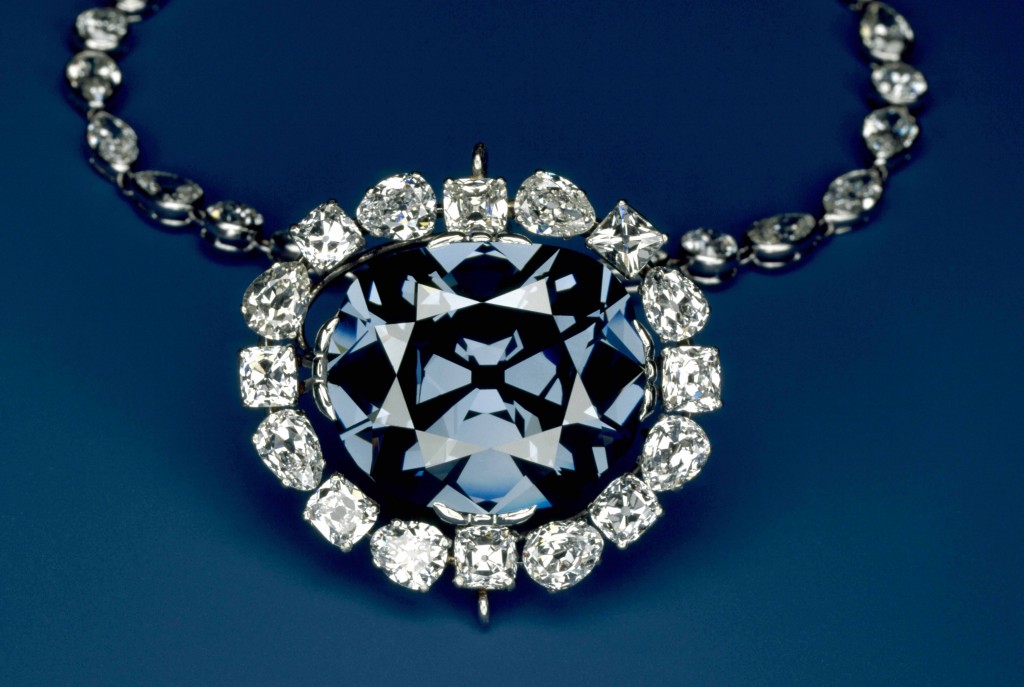
The name of this gem is a great study in irony. While each of its owners saw unparalleled beauty that they just had to have, all of them went through the highest forms of human suffering while in possession of the Hope Diamond. Whether it was bankruptcy, debilitating mental illness, fatal accidents, or just good-old murder, the Hope Diamond has seen it all. Or did it cause it all? Read on for this diamond’s eventful history and draw your own conclusions.

Origin of the Hope Diamond
The exact origin of the Hope Diamond is unknown. However, the rough rock was probably mined from India’s Kollur Mine back in the 17th Century. Jean Baptiste Tavernier, a French diamond collector, is the first recorded owner of the 112, violet rock. It was crudely cut according to the Indian tradition of diamond cutting, a method thought to preserve the diamond’s powers.
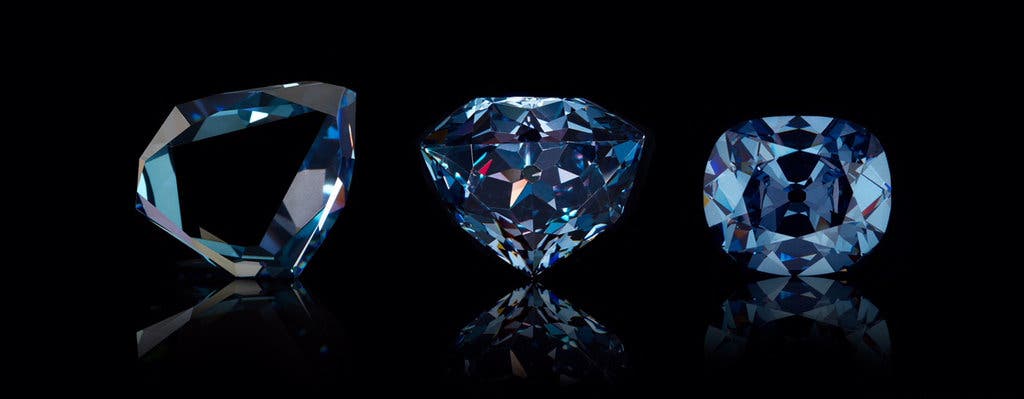
Journey of the Hope Diamond
In 1668, Tavernier sold the stone to France’s King Louis XIV, who handed it to master Sieur Pitau for cutting. In 1673, the 112-carat stone was reduced to a steely blue, 67-carat diamond, and dubbed the French Blue. King Louis XIV wore it on a ceremonial neck ribbon.
Upon inheriting it, Louis XV had the diamond reset in 1749 in a jewelry piece for the Order of the Golden Fleece.
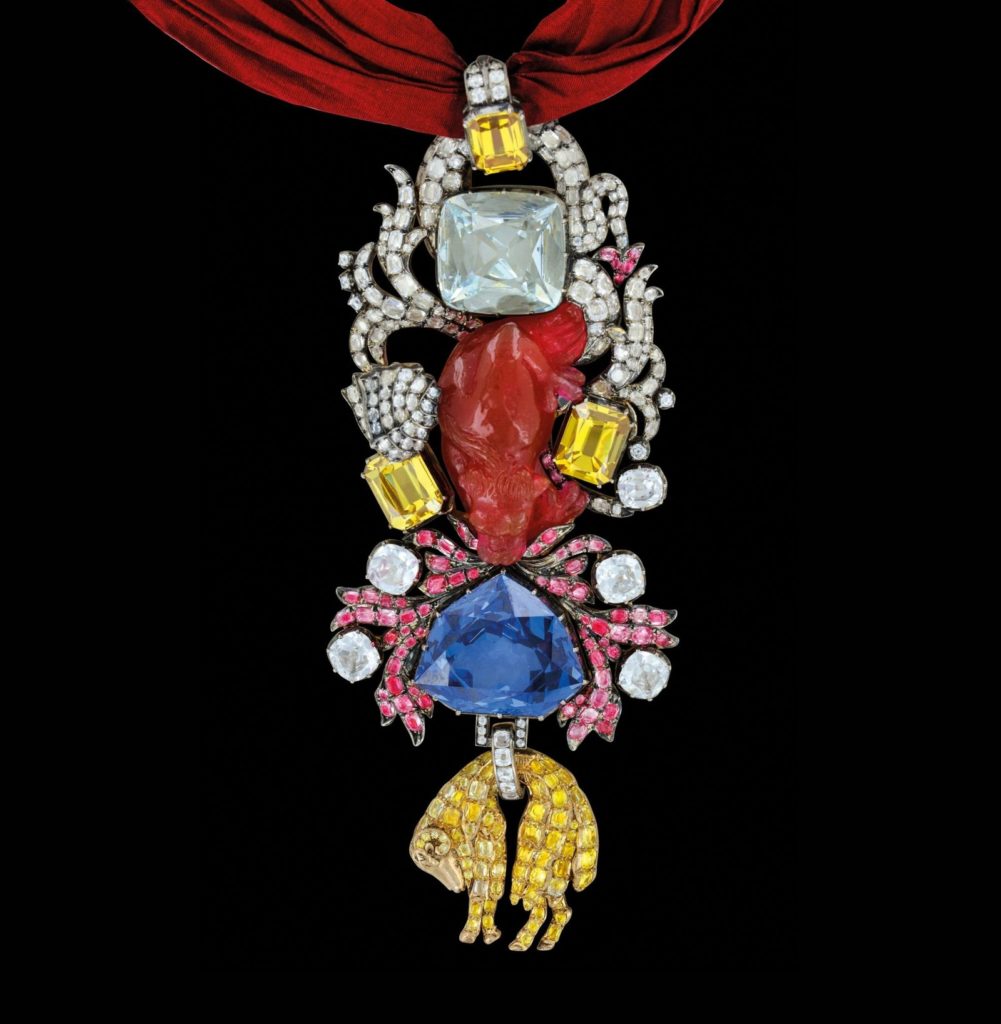
Louis XVI, the husband of Marie Antoinette, possessed the diamond until the French Revolution, upon which ownership of Royal jewelry was turned over to the French Government. However, the French Blue was stolen in September 1792.
It turned up 20 years later in the hands of London’s Daniel Eliason. The stone had been cut further, bringing it down to its current 45.52 carats.
Eliason sold it to Britain’s King George IV, who wore it as a symbol of his victory over Napoleon Bonaparte. It was renamed the George Blue Diamond.
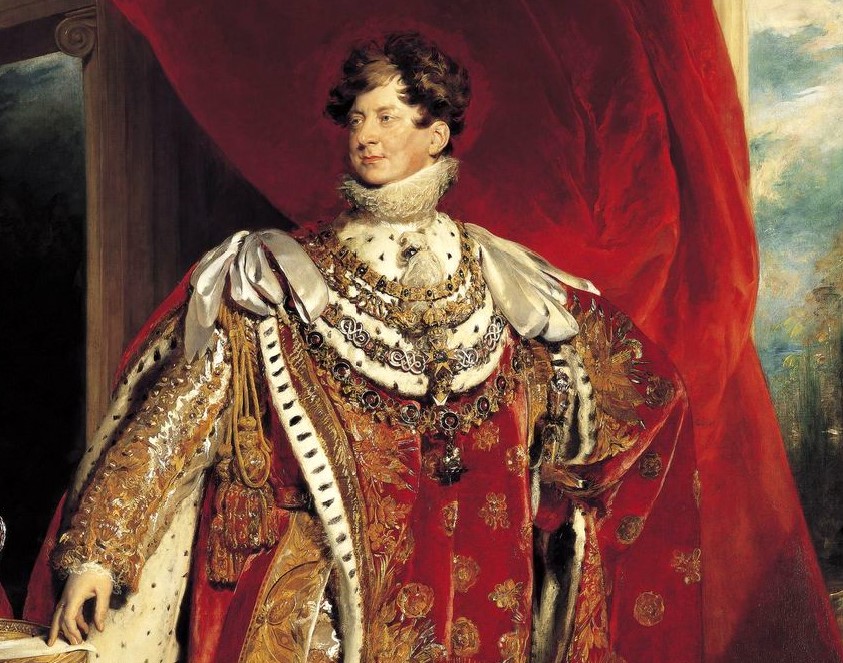
In 1830, upon King George’s death, the George Blue was sold to pay off his debts. Through private reselling, the diamond came into the possession of the wealthy Henry Philip Hope in 1839. The diamond took on his last name, which it keeps to date.
The Hope Diamond stayed in Hope’s family for a few generations, until his great-grandnephew, Francis Hope, sold it in 1901.
The Hope Diamond rapidly changed hands over the next decade, passing from New York’s Joseph Frankel to France’s Selim Habib and on to C.H. Rosenau, who sold it to Pierre Cartier of Paris in 1909. Cartier found a buyer in America’s Evalyn Walsh McLean, setting the Hope Diamond in a three-tiered white diamond circlet to attract her attention.
Mrs. McLean took over the possession of the Hope Diamond in 1911, later setting it as a pendant on a diamond necklace. She loved the Hope Diamond and popularized it among the crème de la crème of Washington.
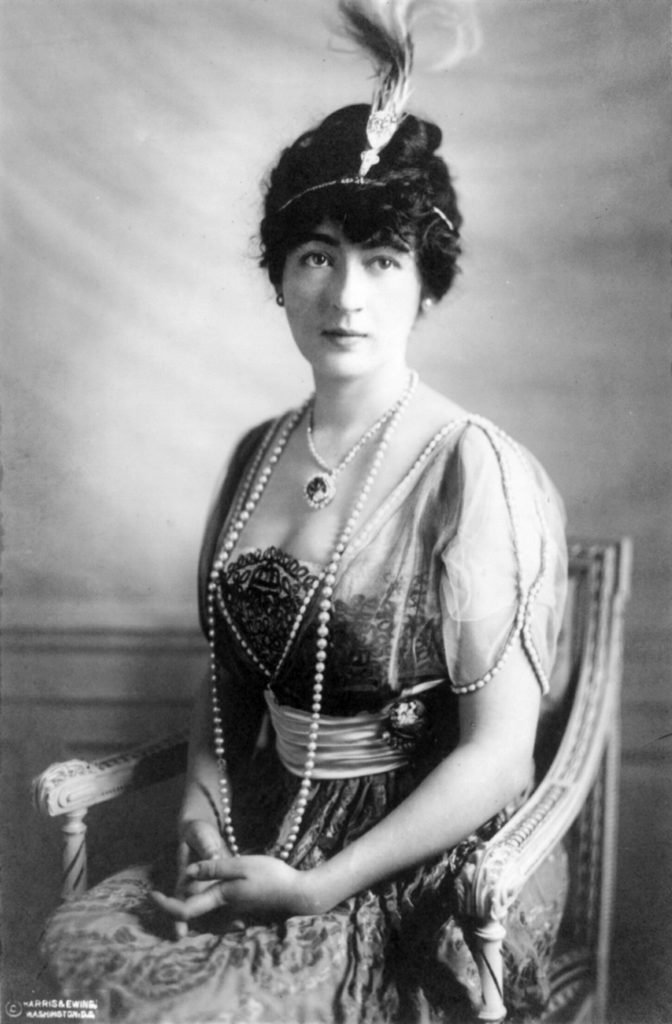
When she died, New York’s Harry Winston Inc. bought her whole jewelry collection, including the Hope Diamond, in 1949. The diamond was displayed in exhibitions all around the world for the next decade until the company donated it to the Smithsonian Institution in 1958.
The Curse of the Hope Diamond
The beauty of the Hope diamond definitely speaks to wealthy diamond lovers, but does it secretly dislike being owned?
The first known owner, Jean Baptiste Tavernier, was allegedly mauled to death by dogs as payback for stealing the diamond from an idol of the Hindu goddess Sita.
Louis XIV died from a gangrene infection just a few days away from his birthday, and Louis XV died from a fever, his body ridden with black pustules. Louis XVI and Marie Antoinette were beheaded, and King George IV died poor, forcing his jewelry collection to be sold to settle his debts.
Francis Hope was a spendthrift, gambling away most of the fortune he inherited and resorting to fighting in court for permission to sell the diamond. Joseph Frankel also went broke, and the diamond was sold at a bargain to various buyers, including the Cartier brothers.
When Evalyn McLean bought the diamond, she felt it would be in the family forever. Eight years later, her son was hit and killed by a car near their home. Her husband, Ned McLean, went insane and spent the rest of his life in a mental institution. The family lost their wealth, including their ownership of the Washington Post. In 1946, Evalyn’s daughter died by suicide, and Evalyn herself died the following year.

It’s up to you to decide whether or not the Hope Diamond carries a curse. In the meantime, you can stop by the Smithsonian’s National Museum of Natural History for a look at the fancy dark, grayish-blue diamond cut into a cushion antique brilliant with a faceted girdle that is estimated to be worth around $350 million.
Diamonds carry a lot of history. Read more stories about the most famous diamonds of all time.
Famous Diamonds: The Dresden Green
Famous Diamonds: The Regent Diamond
Famous Diamonds: The Koh-I-Noor
Famous Diamonds: The Tiffany Yellow Diamond
Famous Diamonds: The Golden Jubilee
Famous Diamonds: Cullinan I & II
Famous Diamonds: The Incomparable Diamond
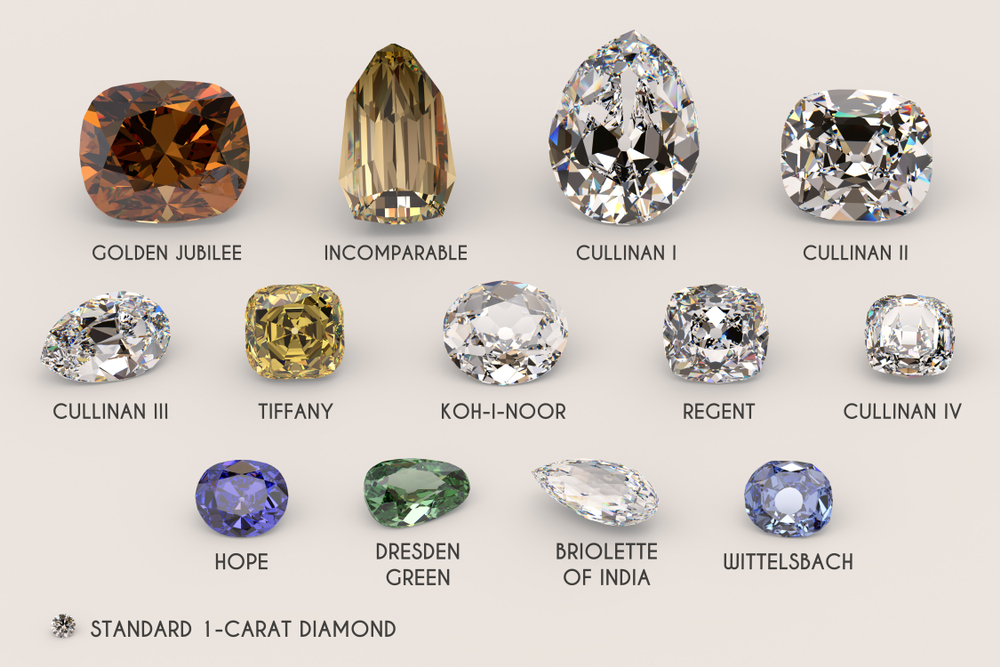
About The Author
Debbie Azar is the Co-Founder and President of Gemological Science International (GSI), one of the largest gemological organizations in the world, and a distinguished leader in the global diamond and jewelry industry. As an executive with extensive knowledge of the jewelry and gem lab industries, her entrepreneurial skills and vision have helped GSI achieve rapid and continuous growth worldwide, establishing 13 leading-edge gemological facilities on four continents. She currently serves on the boards of the Jewelers Vigilance Committee, Responsible Jewellery Council, and Jewelers for Children, and is a member of the 24 Karat Club of New York. She has been featured in Forbes, Daily Mail, Good Morning America, Bloomberg, Bloomberg Businessweek, Fox Business, Fox5, CBS2, BOLDTV, Varney&Co, The Street, and NASDAQ, among others.
